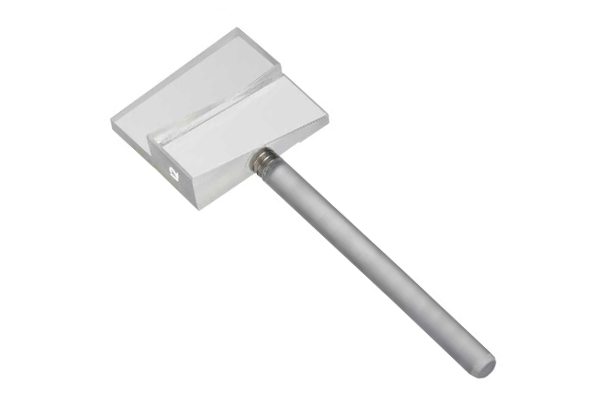Vergence Facility testing has been shown to be one of the most important methods of detecting patients with binocular vision disorders and symptoms. Diagnosis of non-strabismus binocular vision abnormalities can be improved through the use of vergence facility testing at near. The test is performed at 40 cm as the patient views a vertical 20/30 target or similar.
Testing procedure: Twelve diopter base out (BO)and three diopter base in (BI) prism is alternately placed before one eye; the patient is asked to report when the target becomes single and clear. This prism change is repeated for one minute and the clinician records the number of cycles performed during testing. Presence of suppression is indicated by a perceived lateral movement of a single target moving left or right of center, or no observed eye movement. To help perform this test, consider purchasing the Fixi-Tic (SKU: 15112). The Fixi-Tic is a timer mounted on a fixation stick.
For testing at near, the recommended failure criteria is 15 cycles per minute which is easily recalled (sum of BI and BO demands). Recent research has shown this criteria valid for pediatric, adult and presbyopic populations. Vergence facility testing allows the clinician to quickly identify patients with binocular vision problems in a primary care examination.
The procedure requires less than 2 minutes of chair time, inexpensive equipment and minimal patient cooperation. Vergence facility has a sensitivity of 0.80 (correctly identifying binocular vision problems) and a specificity of 0.65 (correctly identifying normal binocular vision) and therefore maybe used as screening a test for binocular vision problems. Vergence facility testing is easy to learn and can be administered by a technician.

